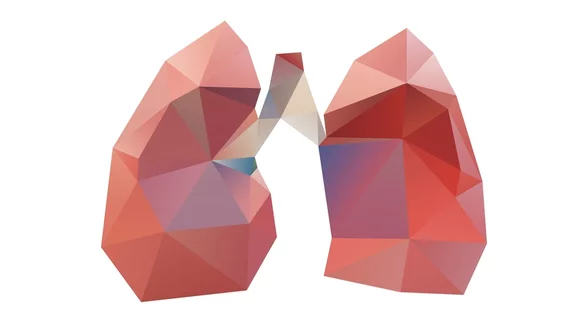AI predicts how NSCLC patients will respond to chemotherapy
Artificial intelligence and radiomics can help specialists predict how patients with non–small cell lung cancer (NSCLC) will respond to chemotherapy, according to new research published in Radiology: Artificial Intelligence.
Approximately 1 in 4 patients have a positive response to platinum-based chemotherapy, a standard first-line treatment of NSCLC. The study’s authors noted that “no clinically validated biomarkers” currently exist that can identify patients who will benefit the most from such treatment. With this in mind, they wanted to see what could be learned about a patient’s possible response by extracting radiomics data from their CT images.
“Our aim in this study was to determine whether an early prediction of response to chemotherapy is possible by using computer-extracted measurements of patterns both within and outside the lung nodule, along with the shape of the nodule, on baseline CT scans,” co-lead author Mohammadhadi Khorrami, MS, of Case Western University in Cleveland, said in a prepared statement.
“This is the first study to demonstrate that computer-extracted patterns of heterogeneity, or diversity, from outside the tumor were predictive of response to chemotherapy,” co-lead author Monica Khunger, MD, of Cleveland Clinic, said in the same statement. “This is very critical because it could allow for predicting in advance of therapy which patients with lung cancer are likely to respond or not.”
The authors examined data from 125 patients who had been treated with pemetrexed-based platinum doublet chemotherapy. A machine learning classifier algorithm was trained with radiomic texture features from the CT images of 53 patients and validated with similar data from the other 72 patients. The final result was an algorithm with an accuracy of 0.77, an area under the ROC curve of 0.77 and a precision of 0.90.
“Our results showed clear evidence of the role of peritumoral texture patterns in predicting response and time to progression after chemotherapy,” Khorrami said in the statement.
In the conclusion of their study, the authors noted that “additional large-scale multisite validation” is still necessary before their approach can be utilized in a clinical setting.

